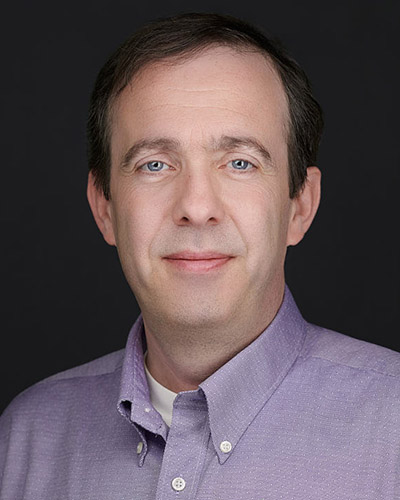Designing high-performance SoCs for data acceleration applications that require high levels of security and radiation tolerance is a significant challenge for the defense industry. These applications require new high-performance SoC design techniques in order to deliver electronics that are protected from malicious threats, supply chain issues and radiation exposure. This webinar will provide a technical discussion on the challenges and best practices involved in designing high-performance eFPGA IP for integration into custom rad-hard SoCs.
You will learn:
- Challenges and trends in developing rad-hard electronic components
- New design techniques to develop SoCs for demanding environments
- Pros and cons of using eFPGA IP in an SoC for accelerating your critical IP functions
- Best practices to design rad-hard SoCs without significant circuit modification across multiple process technology nodes

